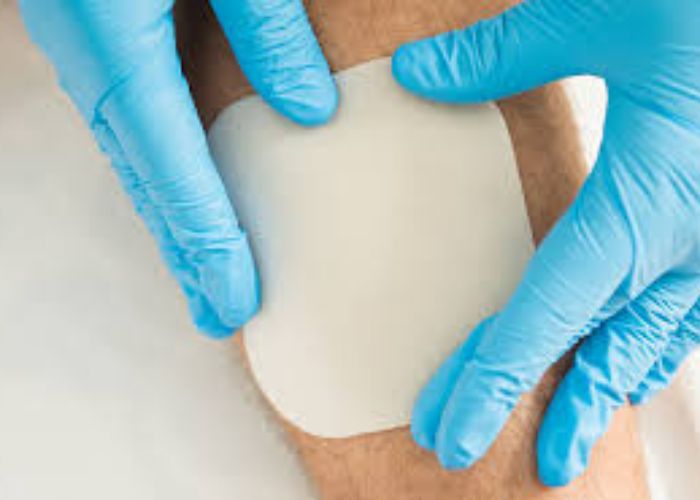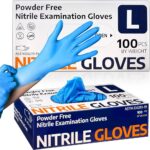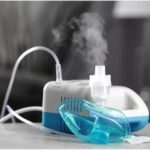As a wound care nurse with 7 years of experience treating all types of wounds, I often get asked about the best dressings and topical agents to use for optimal healing. Two products I frequently recommend are hydrocolloid dressings and silver sulfadiazine cream. In this article, I’ll explain how these products work and why they are useful for wound care. Let’s read below “How Do Hydrocolloid Dressings and Silver Sulfadiazine Cream Aid in Wound Care”:-
Table of Contents
What is a Wound?
A wound is simply defined as a disruption of normal structure and function of the skin and underlying tissues. Wounds can be acute injuries like cuts, scrapes or burns. Or they can be chronic wounds like pressure ulcers, diabetic foot ulcers or venous leg ulcers that take longer to heal.
The key goals in wound care are protecting the injury, reducing risk of infection, and promoting healing. This is where products like hydrocolloid dressings and silver sulfadiazine play an important role.
How Do Hydrocolloid Dressings and Silver Sulfadiazine Cream Aid in Wound Care?
Hydrocolloid Dressings
Hydrocolloid dressings consist of an outer waterproof layer and inner absorbent hydrocolloid particles that gel up when in contact with moisture. This creates a moist, protected environment optimal for wound healing. I typically use hydrocolloid dressings on minor burns, skin tears, pressure sores and post-op wounds.
As a real-life example, I recently treated a patient with a stage 2 pressure ulcer on their lower back. After thoroughly cleaning, I applied a hydrocolloid dressing cut to size. At each dressing change, I observed decreased wound dimensions and healthy granulation tissue. The autolytic debriding properties also helped remove dead tissue. Within 2 weeks, the ulcer was completely epithelialized.
Benefits of Hydrocolloid Dressings
Here are the main advantages I’ve observed with hydrocolloid dressings:
- Absorb light exudate while maintaining a moist wound environment
- Provide an impermeable bacterial barrier for infection control
- Reduce pain and risk of wound trauma upon dressing removal
- Self-adhere minimizing need for secondary dressing
- Wear time up to 7 days allows for fewer changes
- Stimulate autolytic debridement and granulation
Overall, hydrocolloid dressings create optimal wound healing conditions. They are easy to apply and well-tolerated by most patients in my experience.
Silver Sulfadiazine Cream
According to sciencedirect, Silver sulfadiazine is a topical antibiotic cream containing 1% silver sulfadiazine. It has broad-spectrum antimicrobial activity and is often used to prevent and treat wound infections. In outpatient wound care, I typically prescribe silver sulfadiazine for partial-thickness burns, skin graft sites, diabetic foot ulcers and other chronic wounds at risk for infection.
For example, I recently treated a patient who suffered 15% TBSA partial-thickness scald burns to their extremities after a cooking accident. I prescribed twice-daily application of silver sulfadiazine along with sterile dressings to the wounds. This prevented conversion to deeper burns and development of wound sepsis.
Benefits of Silver Sulfadiazine Cream
Here are the main therapeutic effects I’ve observed using silver sulfadiazine:
- Broad-spectrum activity treats most wound pathogens including MRSA
- Reduces bacterial colonization and prevents biofilm formation
- Low incidence of resistance makes it suitable for long-term use
- Painless application and low risk of adverse effects
- Affordable generic formulations available
- Can use in conjunction with other wound care products
Read More:- How Do Oximeters Measure Oxygen Saturation Levels in the Blood?
By preventing and treating infection, silver sulfadiazine optimizes conditions for effective wound healing. It is an important antibiotic option for outpatient wound management.
Keys for Proper Use Based on my clinical experience, here are some tips for proper use of these wound care products:
- Cleanse and irrigate wounds thoroughly before application
- Select appropriate dressing size to extend 2cm beyond wound margins
- Change hydrocolloid dressings every 5-7 days depending on exudate
- Change silver sulfadiazine dressings daily and assess infection signs
- Watch for hypersensitivity reactions and discontinue use if they occur
- Educate patients on proper application techniques
Following these best practices allows patients to gain maximum benefit from hydrocolloid dressings and silver sulfadiazine therapy.
The Bottom Line As a wound care professional, I’ve seen firsthand how hydrocolloid dressings and silver sulfadiazine facilitate healing in all wound types. Hydrocolloids create a protected, moist environment for effective tissue repair and regeneration. Silver sulfadiazine prevents and treats infection which is pivotal for healing chronic wounds.
Read More:- What Are the Key Features to Look for in a Wheelchair for Patient Mobility?
By leveraging the unique advantages of these products, clinicians can optimize patient outcomes. For anyone involved in wound care, I highly recommend adding hydrocolloids and silver sulfadiazine to your armamentarium. They are affordable, simple to use, and most importantly – they work!
I hope “How Do Hydrocolloid Dressings and Silver Sulfadiazine Cream Aid in Wound Care” overview on hydrocolloid dressings and silver sulfadiazine cream has been helpful. Don’t hesitate to reach out with any other wound care questions. Healing wounds and changing lives is my passion.

Dinesh Singh Negi is a seasoned expert in the healthcare procurement industry with over 15 years of experience in supply chain management and hospital procurement strategies. Holding a Master of Business Administration (MBA) in Operations Management and Supervision, Dinesh has successfully optimized procurement processes for numerous healthcare facilities, ensuring cost-effective and quality supply solutions. As the lead author on hospibuy.com, Dinesh shares his deep knowledge and insights on hospital procurement trends, product evaluations, and industry best practices. Connect with Dinesh on LinkedIn for more professional insights.











